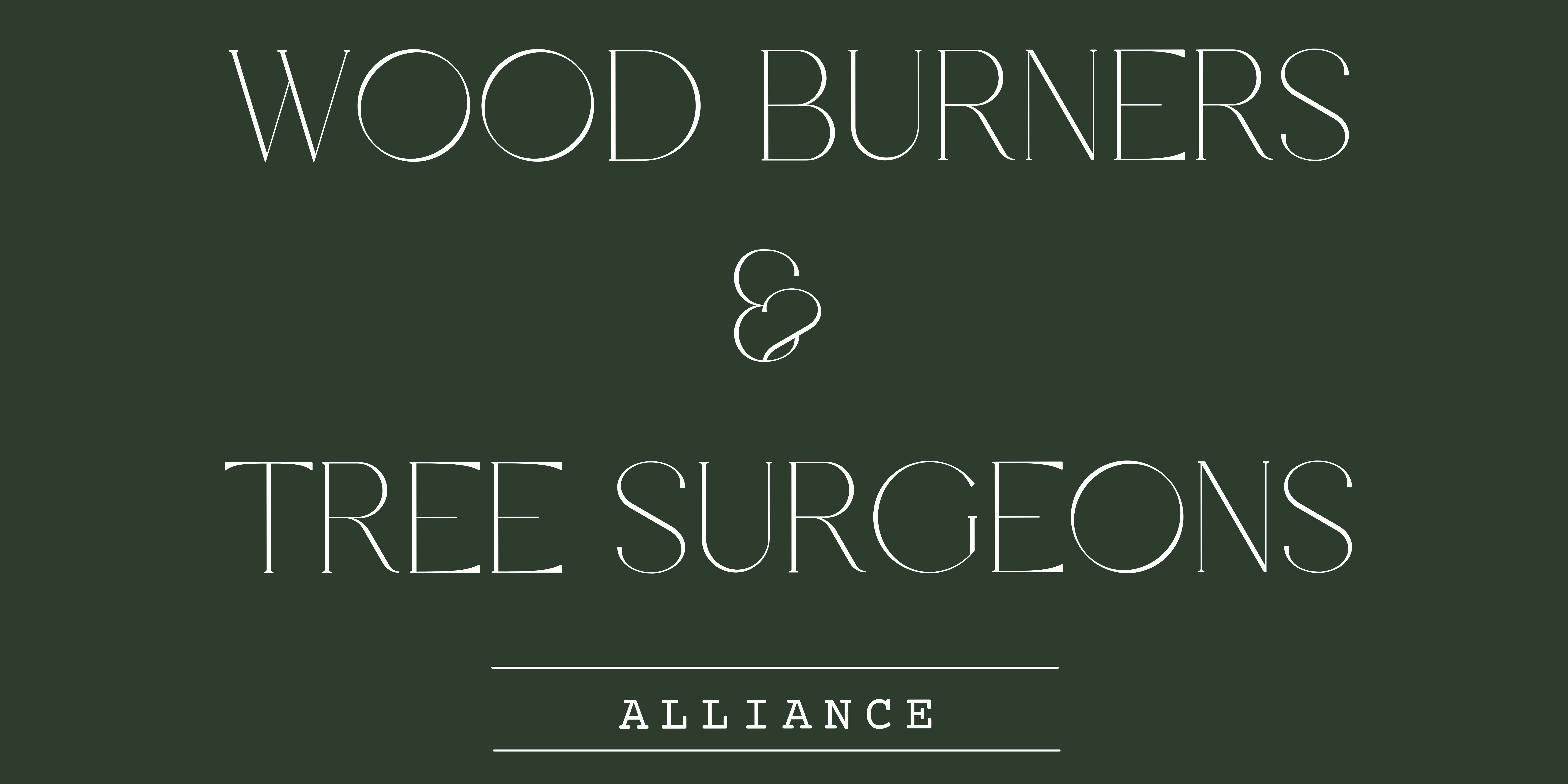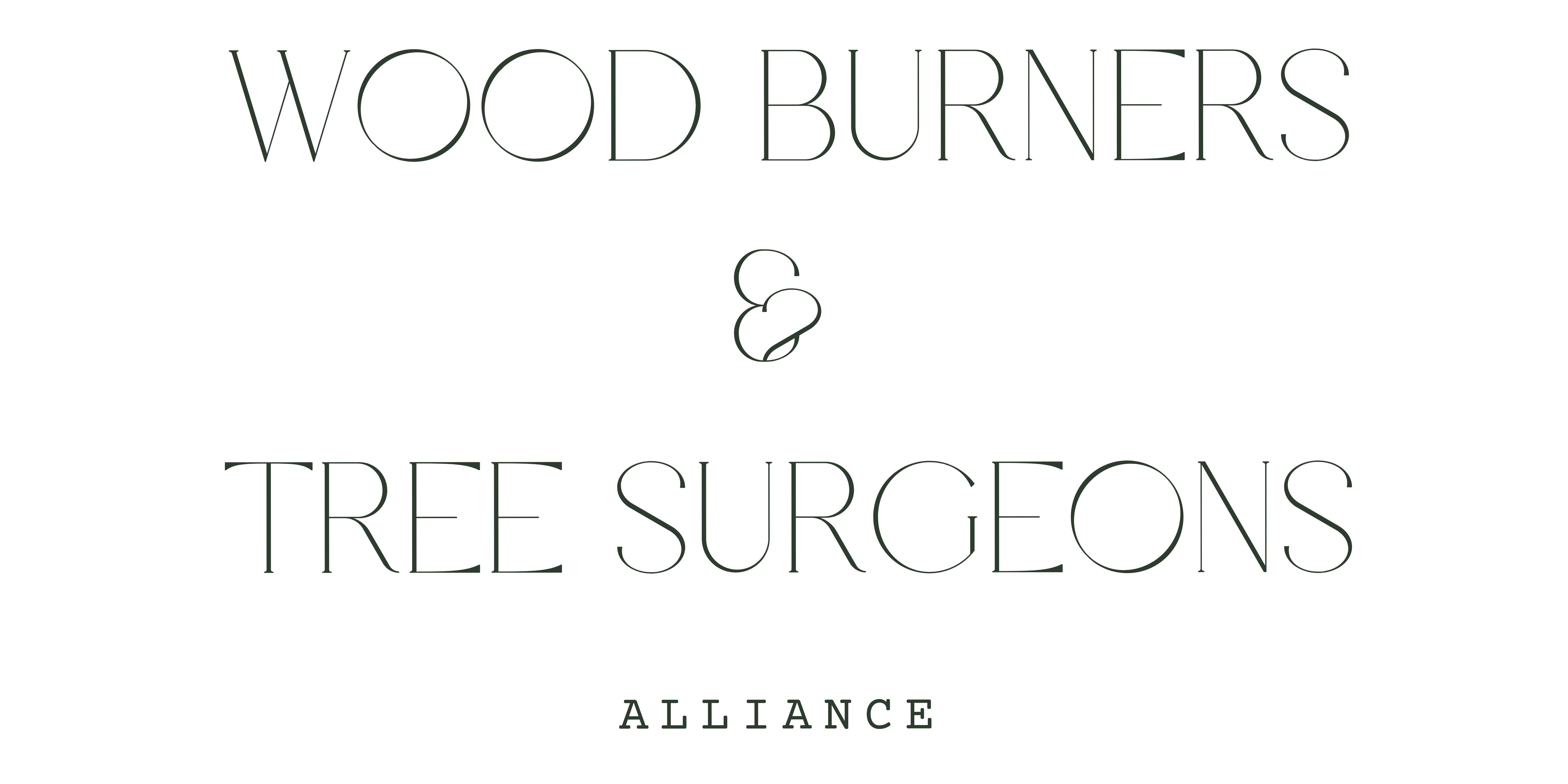Burning pallets in your wood burner can be an eco-friendly and cost-effective way to heat your home. However, not all pallets are created equal, and some can pose risks when burned. In this guide, we’ll explore the key factors to consider and answer the burning question: What pallets are safe to burn in your wood burner?

In the UK – The U4 exemption allows you to use waste plant material or untreated wood as fuel in a small appliance to produce heat or power. So it’s important you are aware of considerations for safe burning.
Key Considerations For Safe Burning
- Untreated Wood Pallets:
- Look for pallets made from untreated or unpainted wood.
- Avoid pallets treated with harmful chemicals, as burning treated wood can release toxic fumes.
- Plywood Pallets:
- Plywood pallets can be suitable for burning if they don’t contain glues or adhesives with harmful chemicals.
- Always check for any treatments or finishes that may be present on the pallet.
- Avoid Treated Wood:
- Pallets treated with chemicals, such as those marked with “MB” (Methyl Bromide) (see below for a full list of markings to look out for) should never be burned due to the release of harmful substances during combustion.
- Watch for Paint and Finishes:
- Painted or stained pallets should be avoided, as the combustion of these finishes can produce toxic fumes.
- Metal and Plastic Components:
- Pallets with metal parts or plastic/rubber components should not be burned. Metal can damage your wood burner, and burning plastic releases hazardous fumes.


Crucial Markings To Look Out For:
- MB (Methyl Bromide):
- Pallets treated with Methyl Bromide are not safe to burn. Check for this marking and avoid burning such pallets.
- HT (Heat Treated):
- Pallets marked with “HT” are typically safe for burning. However, additional markings should be inspected to ensure complete safety.
- KD (Kiln Dried)
- Pallets marked with “KD” are typically safe for burning. However, additional markings should be inspected to ensure complete safety.
- Chemical Symbols or Warnings:
- Any pallets with specific chemical symbols or warnings should be treated with caution and not burned.
- No markings?
- It means that it is most likely a “national pallet“. National pallets are used for domestic transport within your country! Most domestic pallets are not treated with chemicals, so they should be safe. But you still have to be careful.
Tips for Safe Pallet Wood Burning
- Choose Safe Pallets: Prioritize pallets made from untreated wood or those specifically marked as “HT” for heat treatment.
- Inspect for Markings: Always inspect pallets for markings like “MB,” which indicates the use of Methyl Bromide, a harmful chemical.
- Follow Local Regulations: Adhere to local regulations regarding outdoor burning and waste disposal to ensure both safety and compliance.
- Environmentally Responsible Disposal: If in doubt, consider alternative methods for disposal or recycling to minimize environmental impact.
Other Ways To Utalise Pallets For Your Wood Burner
Create a log store – this step-by-step guide will help you craft a functional log store using pallets. Optimize for your DIY log store needs and contribute to sustainability!
Break them up for kindling, and maybe even add some wax! Read our guide to the best kindling.
Burning pallets in your wood burner can be a sustainable heating solution, but it’s crucial to choose the right pallets for safety and environmental reasons. By understanding the key considerations and markings to look out for, you can enjoy the warmth of your wood burner without compromising on safety or air quality. Make informed choices, follow best practices, and keep your home cosy and eco-friendly.


